
Internship Opening!
We are looking for a new enthusiastic social media-savvy colleague!…
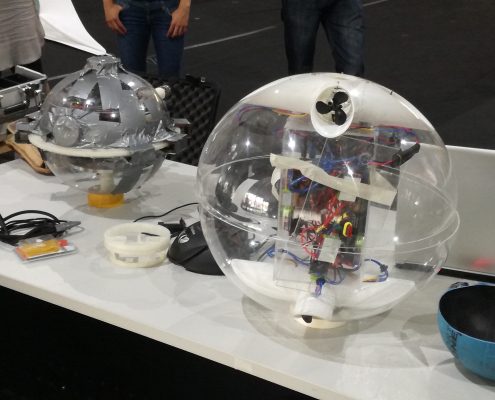
UNEXMIN Progress Meeting in Porto
From the 4th to the 6th of July, the UNEXMIN Consortium got together…
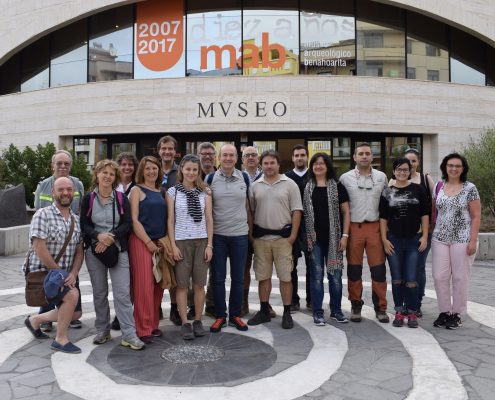 https://www.lapalmacentre.eu/wp-content/uploads/group-photo-3.jpg
3633
4982
Adrienn Cseko
https://www.lapalmacentre.eu/wp-content/uploads/LPRC-LogoNegative-Blue-1030x275.png
Adrienn Cseko2017-06-28 16:40:372021-01-05 16:35:50KINDRA 3rd Workshop with the Joint Panel of Experts
https://www.lapalmacentre.eu/wp-content/uploads/group-photo-3.jpg
3633
4982
Adrienn Cseko
https://www.lapalmacentre.eu/wp-content/uploads/LPRC-LogoNegative-Blue-1030x275.png
Adrienn Cseko2017-06-28 16:40:372021-01-05 16:35:50KINDRA 3rd Workshop with the Joint Panel of Experts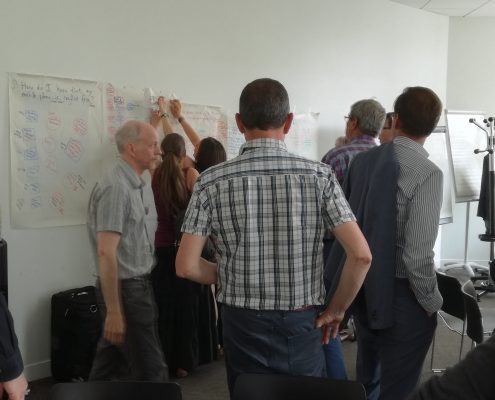
MICA consortium meeting – Paris, France
The most recent MICA project consortium meeting took place at…
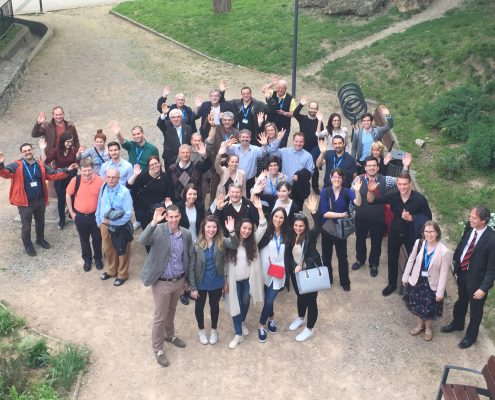 https://www.lapalmacentre.eu/wp-content/uploads/group-photo-geomath.jpg
1628
2060
Tamas Miklovicz
https://www.lapalmacentre.eu/wp-content/uploads/LPRC-LogoNegative-Blue-1030x275.png
Tamas Miklovicz2017-05-16 19:22:232021-01-05 16:35:50LPRC attend Geomathematics Congress in Hungary
https://www.lapalmacentre.eu/wp-content/uploads/group-photo-geomath.jpg
1628
2060
Tamas Miklovicz
https://www.lapalmacentre.eu/wp-content/uploads/LPRC-LogoNegative-Blue-1030x275.png
Tamas Miklovicz2017-05-16 19:22:232021-01-05 16:35:50LPRC attend Geomathematics Congress in Hungary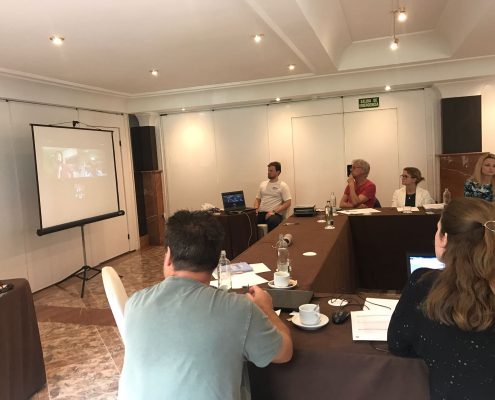
La Palma Research Centre organizes a foresight workshop
La Palma Research Centre hosted the MICA project's 'Raw Materials…
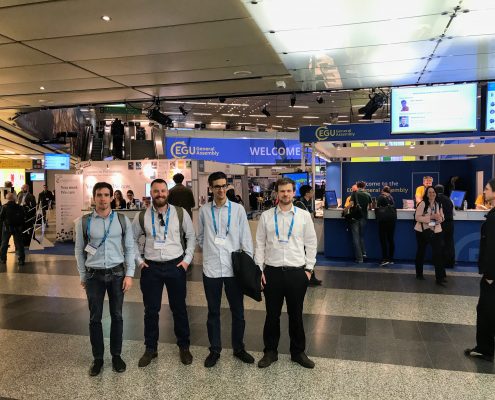
La Palma Research Centre presents multiple projects at EGU 2017
The 2017 European Geoscience Union's (EGU) General Assembly took…
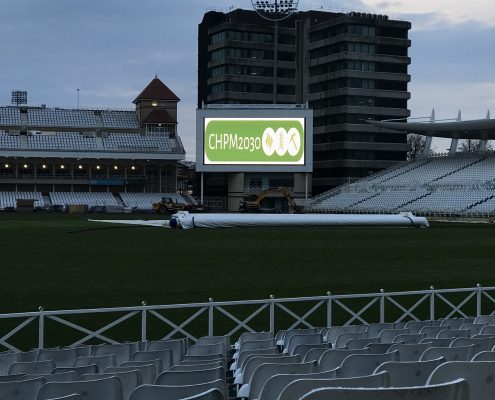
3rd CHPM2030 consortium meeting, Keyworth, UK
The 3rd CHPM2030 consortium meeting was hosted by the British…
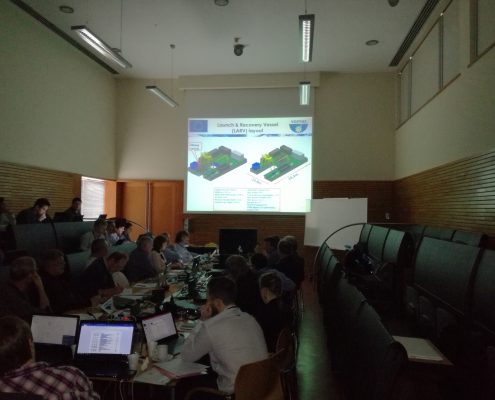
Annual ¡VAMOS! Partners’ Forum meeting held in Porto
LPRC colleagues Cameron, Edine and Luís attended a recent ¡VAMOS!…
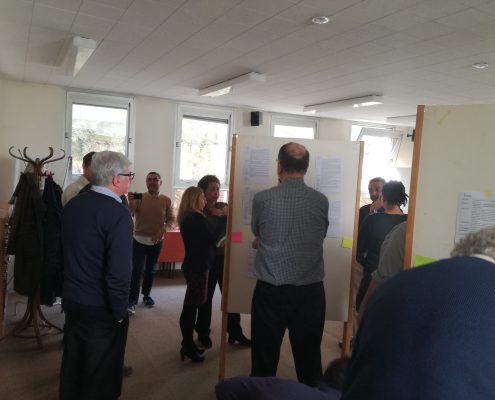
The 5th INTRAW consortium meeting – Paris, France
The 5th INTRAW consortium meeting was held in Paris on the 22nd…
